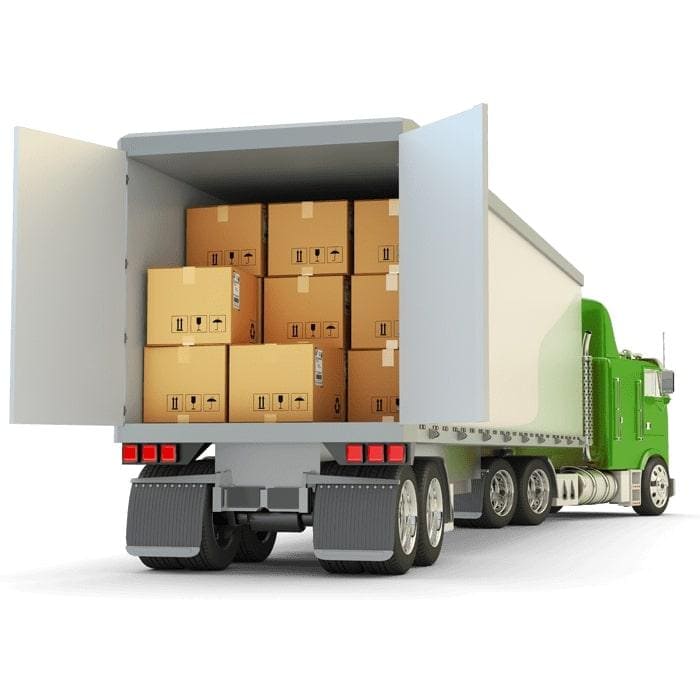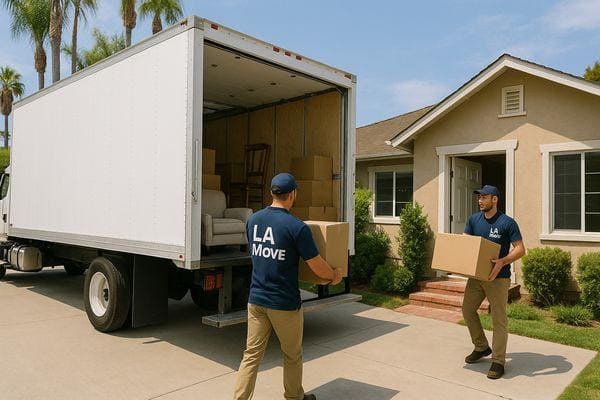
Many communities face significant hurdles when it comes to the movement of goods and services within their own borders and to neighboring areas. This often manifests as delayed shipments, increased operational expenses for local businesses, and a general disconnect that hinders community development. The reliance on fragmented transport options means that small businesses struggle to compete, and residents find it challenging to access essential items or even relocate without considerable effort. This inefficiency stifles potential and creates barriers where seamless connections should exist.
The ripple effect of poor transport infrastructure extends far beyond mere inconvenience. Imagine a small artisan struggling to get their unique products to customers just a few towns over, or a local restaurant unable to source fresh ingredients efficiently. These scenarios are common, leading to higher prices for consumers and reduced viability for enterprises that form the backbone of local economies. Without robust local delivery networks, the vitality of a community can slowly diminish, impacting everything from employment opportunities to the availability of diverse goods.
Furthermore, the lack of coordinated regional transport solutions often results in underutilized capacity and unnecessary environmental impact. Multiple vehicles making individual trips for small loads contribute to congestion and emissions, rather than a streamlined approach that could serve several needs simultaneously. This not only wastes resources but also adds to the cost burden, making essential services like affordable hauling less accessible for those who need them most, from individuals moving a few items to businesses sending out critical supplies.
For residents, the absence of reliable and accessible transport options can limit their quality of life. Access to healthcare, educational facilities, or even recreational activities can become a significant challenge without personal transportation. This issue is particularly acute in less densely populated areas, where the need for efficient small load transport and general logistics services is paramount. The problem isn't just about moving things; it's about connecting people and empowering communities to thrive.
Underlying Factors Hindering Community Connectivity
- Fragmented Infrastructure: Many regions lack a cohesive transport strategy, relying instead on a patchwork of individual solutions that do not integrate effectively. This leads to gaps in service and increased operational complexities.
- High Operational Costs: For small businesses and individuals, the cost of specialized transport for items like furniture or equipment can be prohibitive, often due to inefficient routing and lack of shared service models.
- Limited Specialized Services: There's often a scarcity of dedicated services for specific needs, such as specialized moving help or rapid courier hauling for time-sensitive items, leaving crucial gaps in the market.
Strategic Pathways to Enhanced Community Transport
Addressing these challenges requires a multifaceted approach focused on optimizing existing resources and introducing innovative solutions. One primary strategy involves developing integrated logistics platforms that can consolidate diverse transport needs. By creating a central hub for requests, from freight delivery to simple parcel services, communities can leverage economies of scale and improve overall efficiency. This approach reduces redundant trips and ensures that vehicles are utilized to their full potential, benefiting everyone.
Such a platform would not only streamline operations but also make transport services more predictable and accessible. Imagine a system where local businesses can easily schedule pickups for their products, or residents can arrange for moving help with just a few clicks. This level of coordination transforms the transport landscape, fostering greater connectivity and supporting local economic activity. Simple Transport Solutions LLC is committed to exploring such innovative models to empower communities.
Another powerful solution lies in fostering collaborative transport networks among local businesses and service providers. Instead of each entity managing its own fleet, a shared resource model can be implemented. This might involve pooling vehicles for certain routes or establishing designated drop-off and pick-up points that serve multiple businesses. This significantly reduces individual operational burdens and contributes to a more sustainable transport ecosystem.
This collaborative framework can be particularly beneficial for niche services, such as Colorado movers catering to specific regional needs, or specialized quick transport for urgent items. By sharing resources, even small operators can offer a broader range of services, enhancing their reach and contributing to the overall robustness of the community's logistics capabilities. It’s about building a network where every participant strengthens the whole.
Finally, embracing advanced technology for route optimization and real-time tracking is crucial. Modern logistics software can analyze traffic patterns, consolidate deliveries, and suggest the most efficient routes, significantly cutting down on transit times and fuel consumption. This technological edge provides transparency and reliability, which are key drivers for user satisfaction and operational excellence.
Implementing smart scheduling and tracking systems ensures that every journey is as efficient as possible. This also allows for greater flexibility and responsiveness to changing demands, a critical aspect of effective logistics services. For instance, being able to track a small load transport in real-time provides peace of mind and allows for better planning, enhancing the overall user experience and demonstrating a commitment to reliable service.
Potential Obstacles and Mitigating Strategies
- Initial Investment & Funding: Implementing new transport infrastructure or technology requires substantial upfront investment. Recommendation: Seek public-private partnerships and explore grant opportunities to distribute the financial burden.
- Community Adoption & Engagement: Resistance to change from individuals and businesses accustomed to traditional methods can slow progress. Recommendation: Conduct comprehensive outreach programs, highlight clear benefits, and offer training to ease the transition.
- Regulatory Complexities: Navigating local and regional transport regulations can be challenging, especially for new, integrated models. Recommendation: Engage with local authorities early in the planning process to ensure compliance and foster collaborative policy development.



